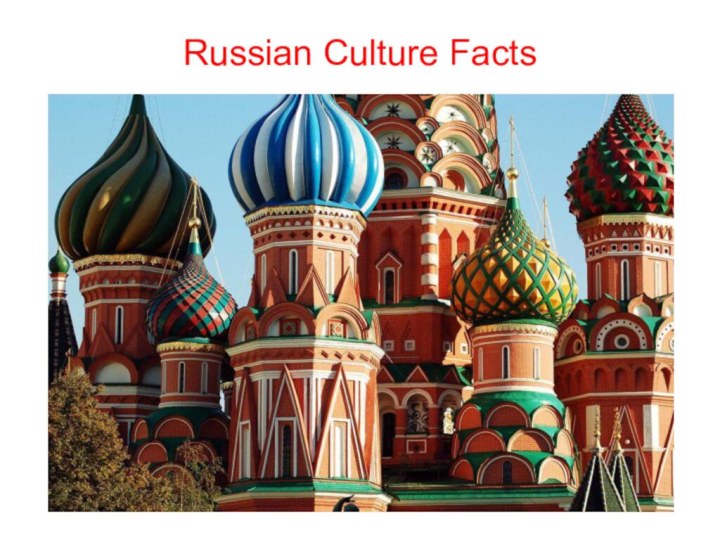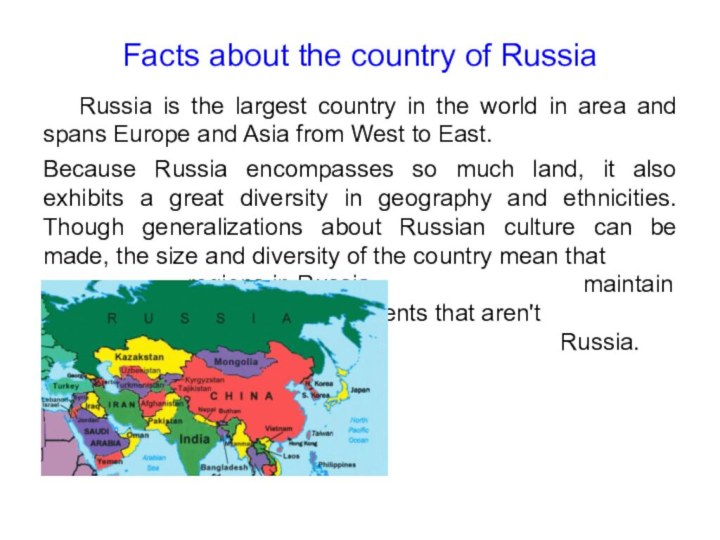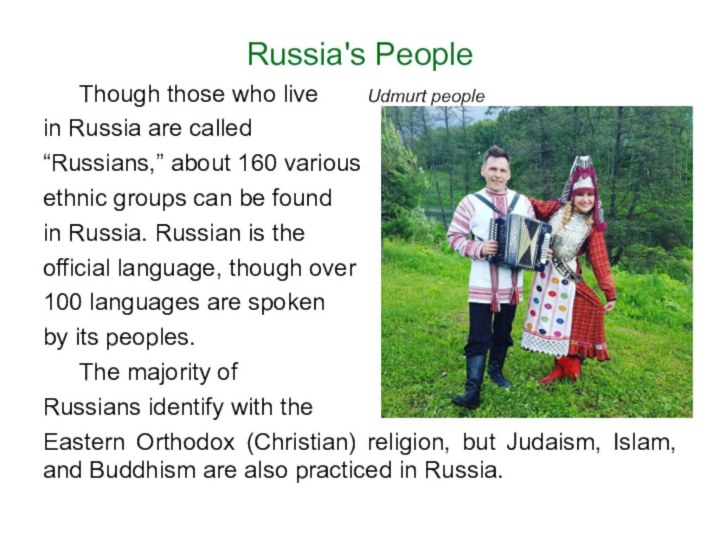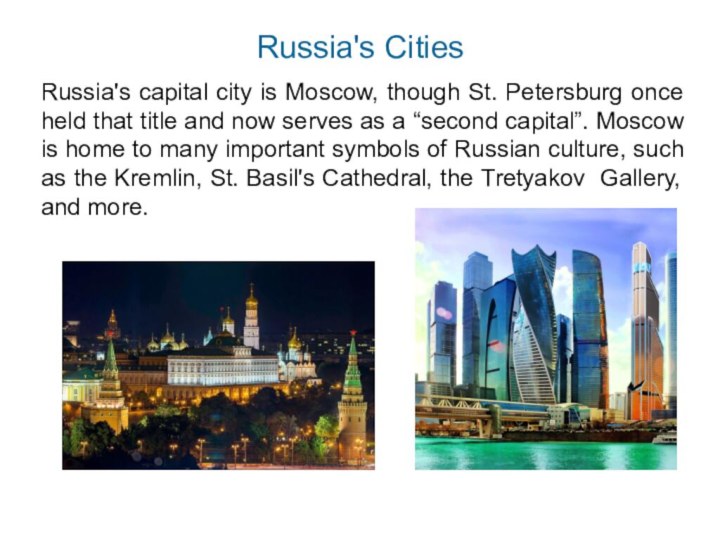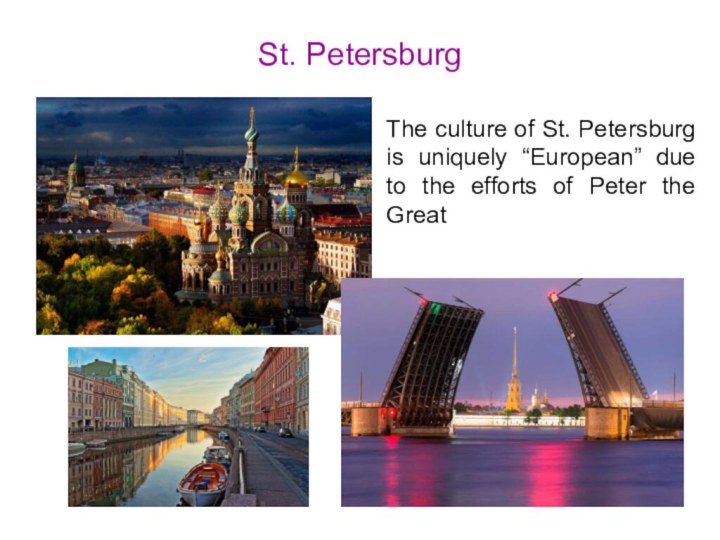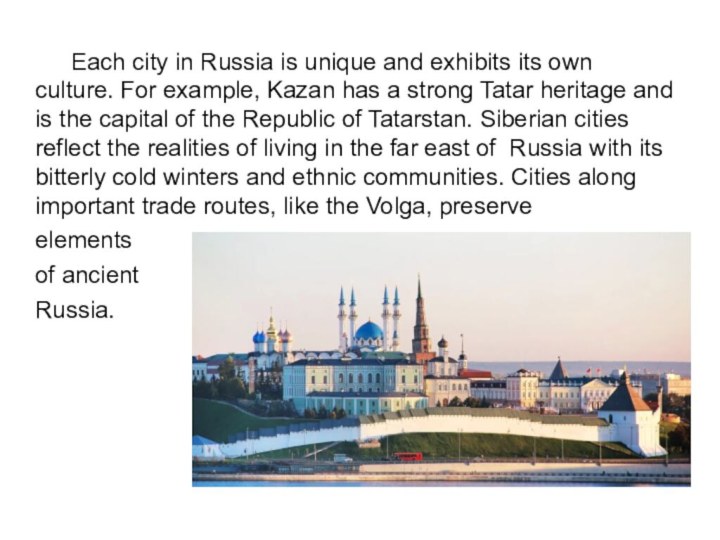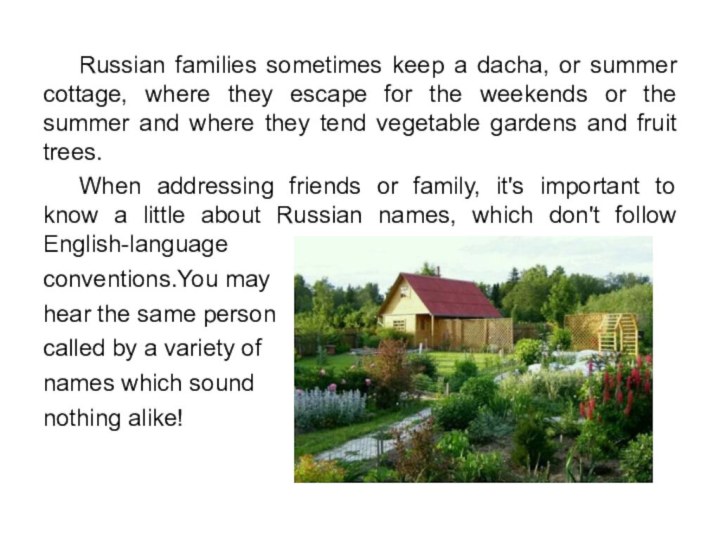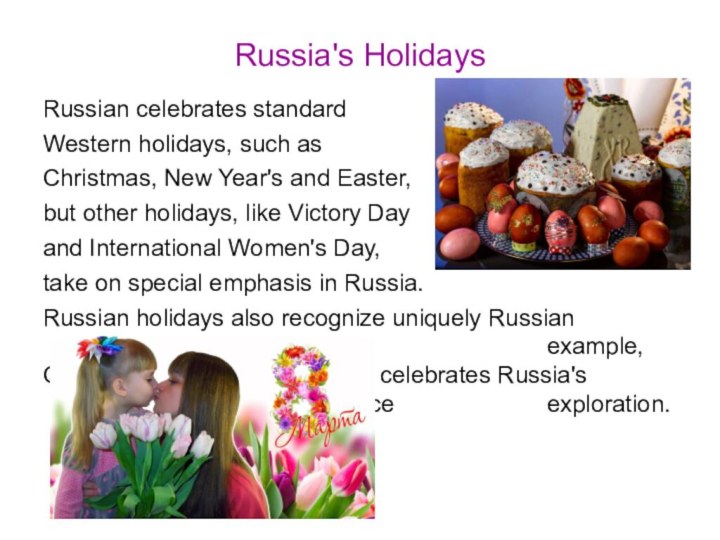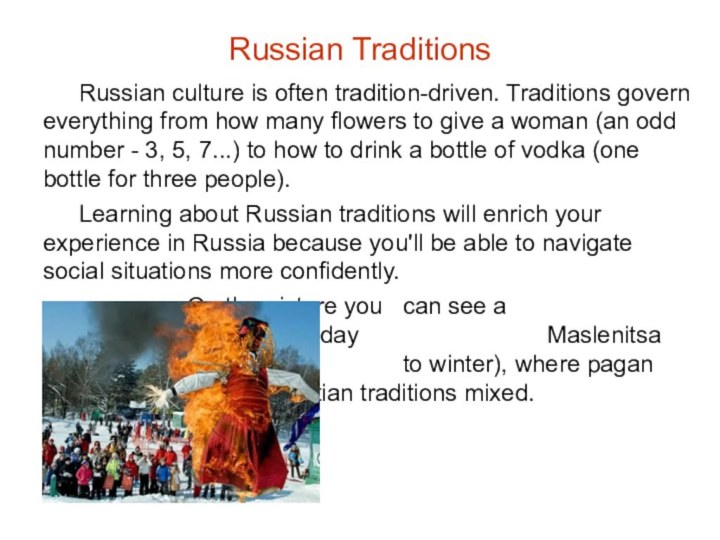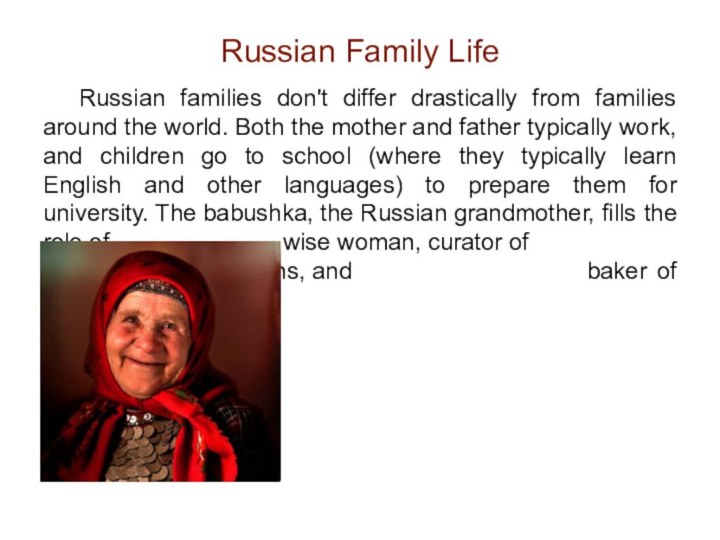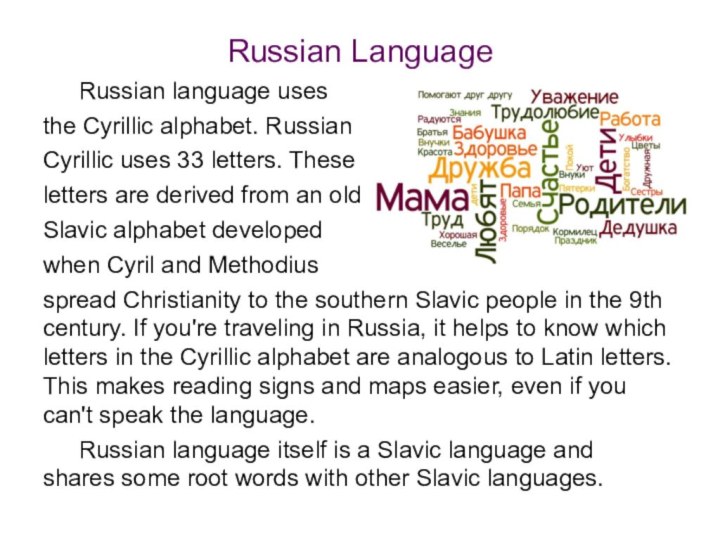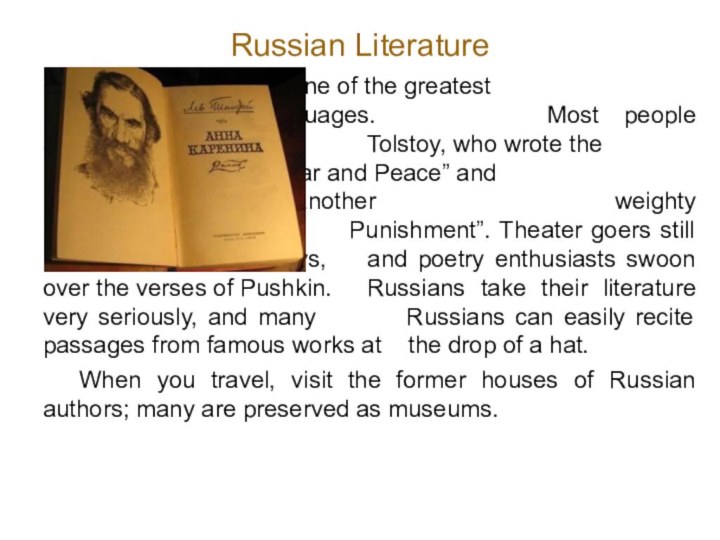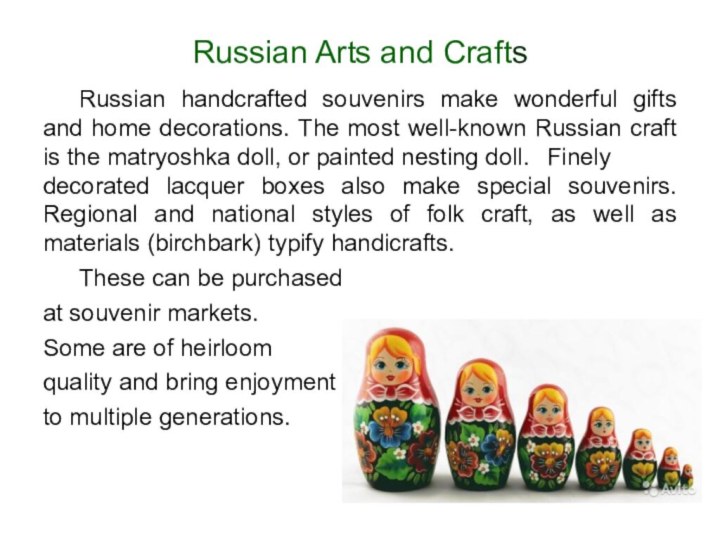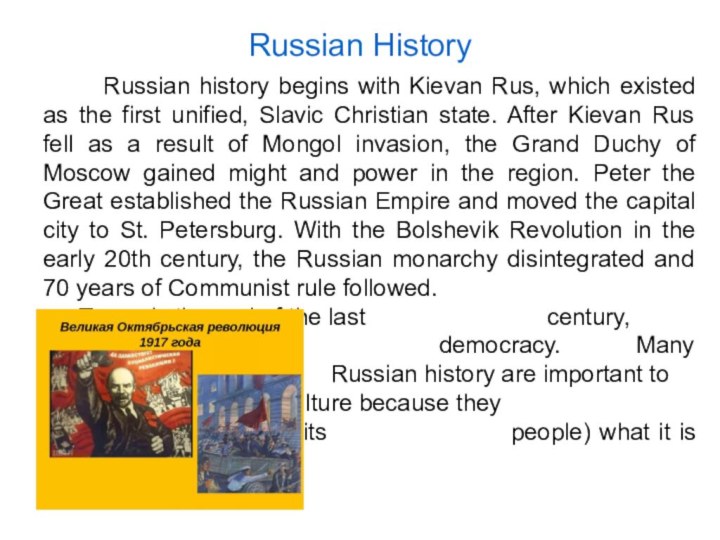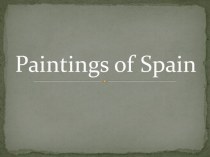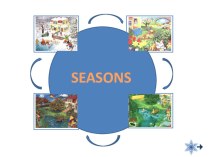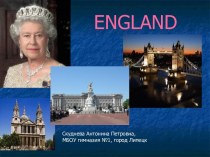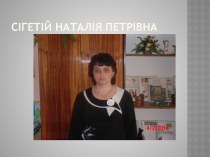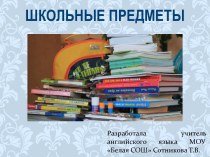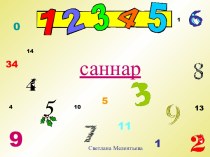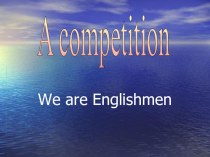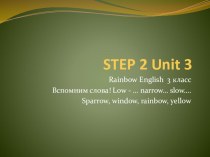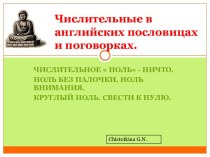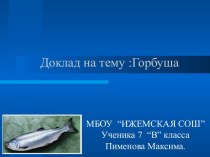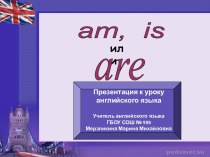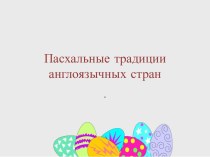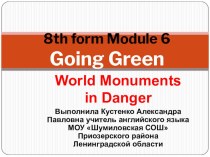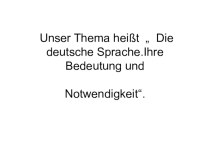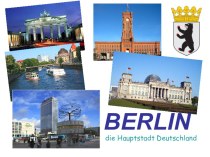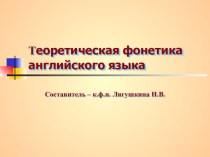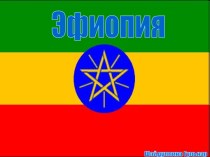Слайд 2
Facts about the country of Russia
Russia is the
largest country in the world in area and spans
Europe and Asia from West to East.
Because Russia encompasses so much land, it also exhibits a great diversity in geography and ethnicities. Though generalizations about Russian culture can be made, the size and diversity of the country mean that regions in Russia maintain cultural elements that aren't typical to other areas of Russia.
Слайд 3
Russia's People
Though those who live Udmurt people
in Russia
are called
“Russians,” about 160 various
ethnic groups can
be found
in Russia. Russian is the
official language, though over
100 languages are spoken
by its peoples.
The majority of
Russians identify with the
Eastern Orthodox (Christian) religion, but Judaism, Islam, and Buddhism are also practiced in Russia.
Слайд 4
Russia's Cities
Russia's capital city is Moscow, though St.
Petersburg once held that title and now serves as
a “second capital”. Moscow is home to many important symbols of Russian culture, such as the Kremlin, St. Basil's Cathedral, the Tretyakov Gallery, and more.
Слайд 5
St. Petersburg
The culture of St. Petersburg is uniquely
“European” due to the efforts of Peter the
Great
Слайд 6
Each city in Russia is unique and exhibits
its own culture. For example,
Kazan has a strong Tatar heritage and is the capital of the Republic of Tatarstan. Siberian cities reflect the realities of living in the far east of Russia with its bitterly cold winters and ethnic communities. Cities along important trade routes, like the Volga, preserve
elements
of ancient
Russia.
Слайд 7
Russian Food and Drinks
Russian food and drinks
are a central part of life in this
vast country. Most people are familiar with Russian vodka, that clear, flavorless spirit that encourages conversation and warms the blood. But Russians are also avid tea drinkers, and Russian tea culture is as strong as vodka culture. Russian foods are comforting, rich, and focus on the flavors favored over generations. Special holiday foods in Russia, like kulich and pelmeni, grace tables
seasonally, and their preparation
and consumption is surrounded
by ritual.
Слайд 8
Russian families sometimes keep a dacha, or summer
cottage, where they escape for the weekends or the
summer and where they tend vegetable gardens and fruit trees.
When addressing friends or family, it's important to know a little about Russian names, which don't follow English-language
conventions.You may
hear the same person
called by a variety of
names which sound
nothing alike!
Слайд 9
Russia's Holidays
Russian celebrates standard
Western holidays, such as
Christmas, New Year's and Easter,
but other holidays, like
Victory Day
and International Women's Day,
take on special emphasis in Russia.
Russian holidays also recognize uniquely Russian achievements; for example, Cosmonaut Day celebrates Russia's achievements in space exploration.
Слайд 10
Russian Traditions
Russian culture is often tradition-driven. Traditions govern
everything from how many flowers to give a woman
(an odd number - 3, 5, 7...) to how to drink a bottle of vodka (one bottle for three people).
Learning about Russian traditions will enrich your experience in Russia because you'll be able to navigate social situations more confidently.
On the picture you can see a traditional Russian holiday Maslenitsa (Carnival, Farewell to winter), where pagan and Christian traditions mixed.
Слайд 11
Russian Family Life
Russian families don't differ drastically from
families around the world. Both the mother and father
typically work, and children go to school (where they typically learn English and other languages) to prepare them for university. The babushka, the Russian grandmother, fills the role of wise woman, curator of memories and traditions, and baker of favorite comfort foods.
Слайд 12
Russian Language
Russian language uses
the Cyrillic alphabet. Russian
Cyrillic uses 33 letters. These
letters are derived from
an old
Slavic alphabet developed
when Cyril and Methodius
spread Christianity to the southern Slavic people in the 9th century. If you're traveling in Russia, it helps to know which letters in the Cyrillic alphabet are analogous to Latin letters. This makes reading signs and maps easier, even if you can't speak the language.
Russian language itself is a Slavic language and shares some root words with other Slavic languages.
Слайд 13
Russian Literature
Russia is one of the greatest literary
cultures and languages. Most people are familiar with Tolstoy,
who wrote the formidable “War and Peace” and Dostoevsky, who wrote another weighty book, “Crime and Punishment”. Theater goers still laugh at Chekhov's plays, and poetry enthusiasts swoon over the verses of Pushkin. Russians take their literature very seriously, and many Russians can easily recite passages from famous works at the drop of a hat.
When you travel, visit the former houses of Russian authors; many are preserved as museums.
Слайд 14
Russian Arts and Crafts
Russian handcrafted souvenirs make wonderful
gifts and home decorations. The most well-known Russian craft
is the matryoshka doll, or painted nesting doll. Finely decorated lacquer boxes also make special souvenirs. Regional and national styles of folk craft, as well as materials (birchbark) typify handicrafts.
These can be purchased
at souvenir markets.
Some are of heirloom
quality and bring enjoyment
to multiple generations.
